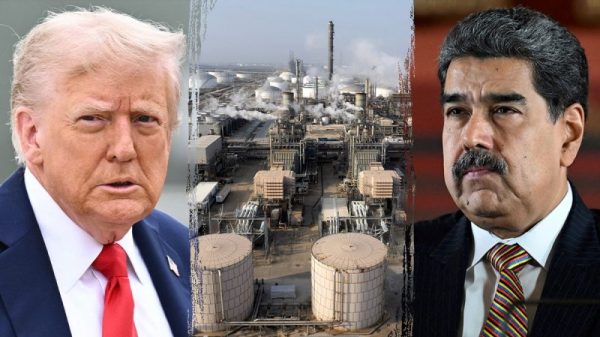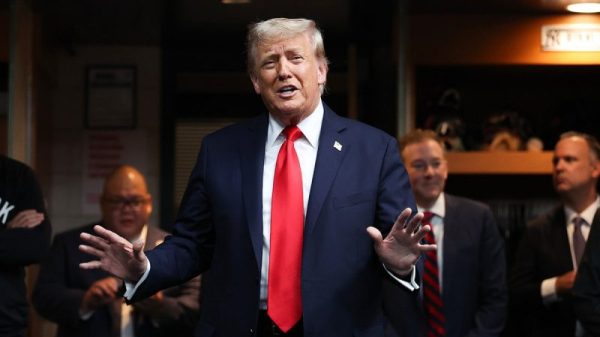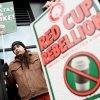Carl Menger’s 1871 book Principles of Economics describes how various commodities (or goods) compete against one another to (sometimes) emerge as media of exchange. “Economizing individuals,” as Menger called them, in a barter economy may accept goods not for their own consumption (direct use value) but instead to exchange them for other goods (indirect use value). Goods that score higher in monetary properties (durability, divisibility, scarcity, portability, fungibility, etc.) are considered more “saleable,” and are consequently more likely to achieve common acceptance (money status). Thus, Menger referred to money as “the most saleable of all commodities.”
R.A. Radford, in “The Economic Organisation of a P.O.W. Camp” describes in fascinating detail the economy of a German-controlled prisoner of war (POW) camp during WWII holding Allied prisoners from various countries, cultures, and ethnic backgrounds. Radford was a captured British Army soldier whose obituary documents his career progression: obtaining an economics degree from Cambridge after the war, and working for the IMF thereafter. For young economists interested in monetary affairs, Radford’s article is a must-read, as it describes a real-life scenario that roughly approximates the Mengerian account of money that spontaneously emerges within a barter economy. In Radford’s case, this barter economy took place within the POW camp.
Radford’s article describes the camp economy as “a lively trade in all commodities,” with prices usually denominated in cigarettes and (sometimes) in Red Cross food parcels. As Radford puts it, cigarettes “rose from the status of a normal commodity to that of a currency.” Industrially rolled cigarettes were more “saleable” (in Mengerian terms) as they were more homogeneous than hand-rolled. Each time new shipments of cigarettes or food parcels arrived in the camp, prices shot upwards in terms of these commodities, as we would expect.
From my perspective, Radford’s account of the POW camp economy is reminiscent of yet another economic arrangement that I took part in as a younger man.
The military training economy
Many years ago, I served in the United States Air Force. During Basic Military Training (BMT), I encountered and did, I confess, participate in an underground economy. At the barracks, fully stocked vending machines with all the usual junk foods were entirely off-limits for trainees (as new Airmen were called). The only real purpose for these vending machines, it seemed, was to remind out-of-shape trainees of what they could not have. Yet, for some reason, trainees were routinely assigned guard duty, to guard the junk food vending machines which had no cameras to “watch the watchers.” As could be expected from young adults, the trainee guards would insert coins into the machines when no one was looking and use the junk food to later purchase favors from other trainees. So, for example, a Snickers bar could be used to pay another trainee to polish one’s boots or to fold one’s t-shirts with a tweezer to mathematical precision (yes, that’s a thing).
But “field training” scenarios brought about a more vibrant POW camp-style economy. Although many of us probably had dollars in our wallets, when it came to chow time, we ignored our fiat money and engaged in a lively trade of commodities of our own. The more interesting commodities of the field training economy turned out to be various food items from within the so-called “Meals, Ready-to-Eat” (MREs). Although service members would often exchange whole (unopened) MREs one for another, it was the trading of items within them that would later intrigue me as an economist.
Again and again, throughout my time in the Air Force (and long after Basic Military Training), I observed during each field training exercise that packets of cheese spread (especially jalapeño cheese) spontaneously emerged as “the most saleable of all commodities.” The most reasonable explanation, as far as I could tell, is that all MREs, no matter the main course, come with crackers and a spread of some sort. During my service years, each MRE would include only one of the four following spreads: creamy peanut butter, crunchy peanut butter, cheese, or jalapeño cheese. Those who were unlucky enough to open an MRE with relatively mundane peanut butter spread (usually considered less desirable than cheese), would seek out a willing trading partner to sell them cheese spread – often in exchange for the peanut butter plus some other food item.
Although this mealtime barter economy rarely spilled into other aspects of military-economic life, we can still break down the monetary properties of MRE cheese spread under this mealtime field training scenario. First, cheese was thoroughly enjoyed for its direct use (consumption) by almost everyone, so it could sometimes even be traded for a main course item (beef steak, chicken with salsa, etc.). Given its multi-year shelf life, it was durable enough to last if gratification were delayed until a later date – whether for consumption or as a medium of exchange. Its light weight and small size made it roughly just as portable as paper and coin money. It was also limited in supply (scarce), so even if its holder didn’t particularly like cheese (for direct use), it could be hoarded until a later date for its indirect use as a medium of exchange without loss of purchasing power.
Interesting life experiences bring about interesting economic scenarios from which we can learn. Nobody ever planned MRE cheese spread as the preferred medium of exchange between military service members. Cheese spontaneously emerged, again and again, in a process of competition between goods in an economic arrangement that lasted, on average, maybe 30 minutes (for a quick meal in the field). The short duration of this economic arrangement combined with the fact that service members carry dollars as legal tender in their pockets meant that more sophisticated cheese-denominated trades never took place. For example, if an off-duty service member were to sell a bicycle, he wouldn’t ask for cheese in return; he would ask for dollars. But even in this limited mealtime scenario, an experiment repeated many times over, we see the Mengerian account of a money that spontaneously emerges within a barter economy at work.
US military “Meal, Ready-to-Eat,” Image courtesy Catus.sk




































